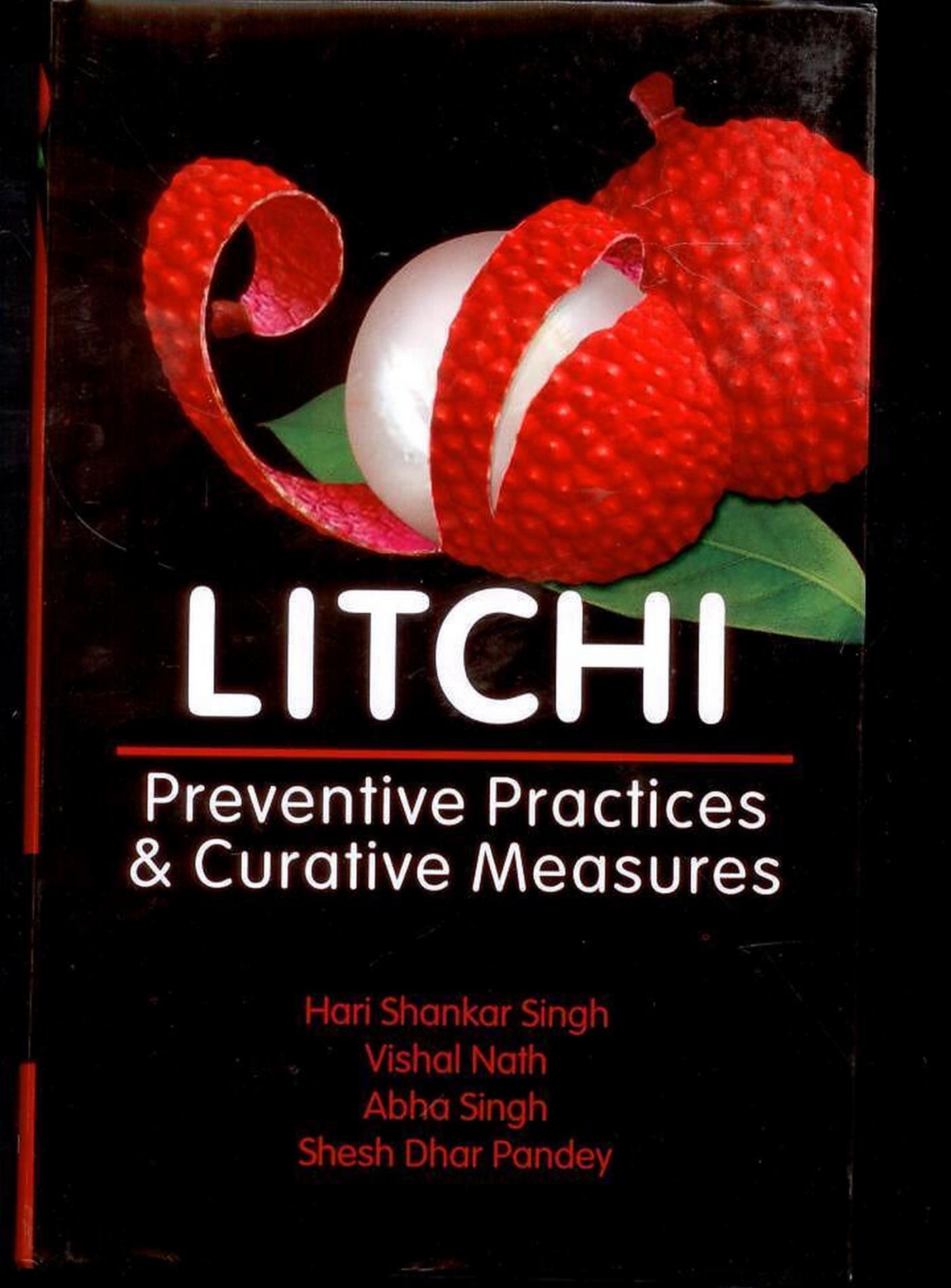Litchi
India is by far the largest producer of litchi after China. Within India, Bihar is the largest producer of litchi. Because of low productivity and various kinds of pre and post harvest losses, litchi is slowly getting costly and going out of reach of...
Read more
India is by far the largest producer of litchi after China. Within India, Bihar is the largest producer of litchi. Because of low productivity and various kinds of pre and post harvest losses, litchi is slowly getting costly and going out of reach of the common man. Therefore, the question before us today is how to increase productivity and quality of litchi. The reasons for low productivity of litchi are many. Most of the commercial cultivars are location specific with long gestation period and late bearing habit. Commercial litchi farming so far is done by large farmers who are capable of sustaining long gestation period and failure of crops. When the tree is full of vigour, the dominance of vegetative phase prevails over reproductive phase in some varieties and at some locations which adversely affects flowering, fruit set and fruit growth, and some times fruit drop due to high competition for photosynthates also become limiting factor to litchi production. Besides, there are many pests, diseases and disorders which affect the economic cultivation of litchi. It has been observed that orchardists owner or contractors are active in their orchards only when flowers or fruits are present on the trees for rest of the period, they take little care of their orchards. To maintain vigour, growth and productivity, it is necessary to perform proper operations throughout the year. The main reason behind poor productivity and low profitability of litchi is the poor knowledge of farming community. In litchi, some problems arise due to growers negligence and others are brought about by pests, diseases, disorders, plant physiology and climate. Growers’ negligence/mistakes may occur in setting up an orchard, drainage, irrigation systems, selecting varieties, planting, fertilizing, shaping the plant, weed control, mulching, pruning and canopy management, use of growth regulators, harvesting, packing, marketing and quality management. Other problems such as pest, disease and fruit disorders may occur by their own or may aggravate due to negligence of farmers. Many books and information bulletin on litchi are available, however most of them are of facts oriented which often lack in operational guidelines. This book has been prepared in problem solving mode in such a way as readers can easily understand and adopt the litchi technology which have been developed by different knowledge groups for betterment of the litchi industry. We hope that this book would serve the purpose of farmers and those who are engaged in litchi industry.
Less



